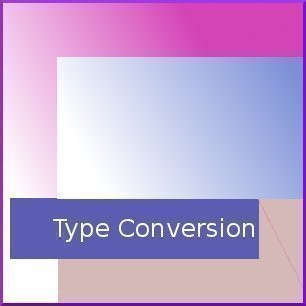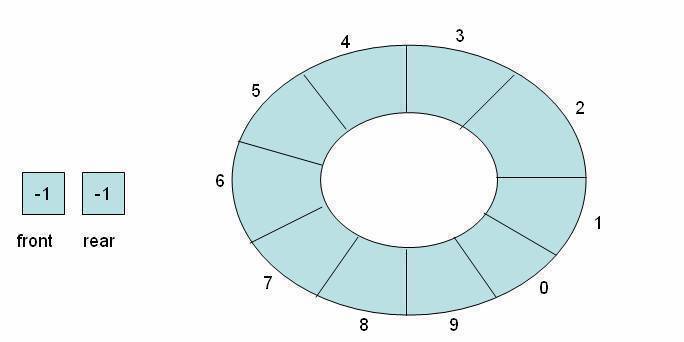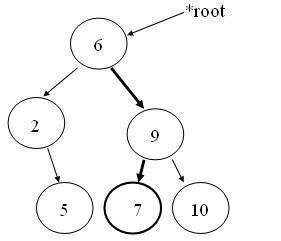Exception Handling
There are two kinds of exceptions, namely, synchronous exceptions and asynchronous exceptions. Errors such as “out-of-range index” and “over-flow” belong to the synchronous type exceptions. The errors that are caused by events beyond the control of the program (such as keyboard interrupts) are called asynchronous exceptions. The proposed exception handling mechanism in C++ is designed …









